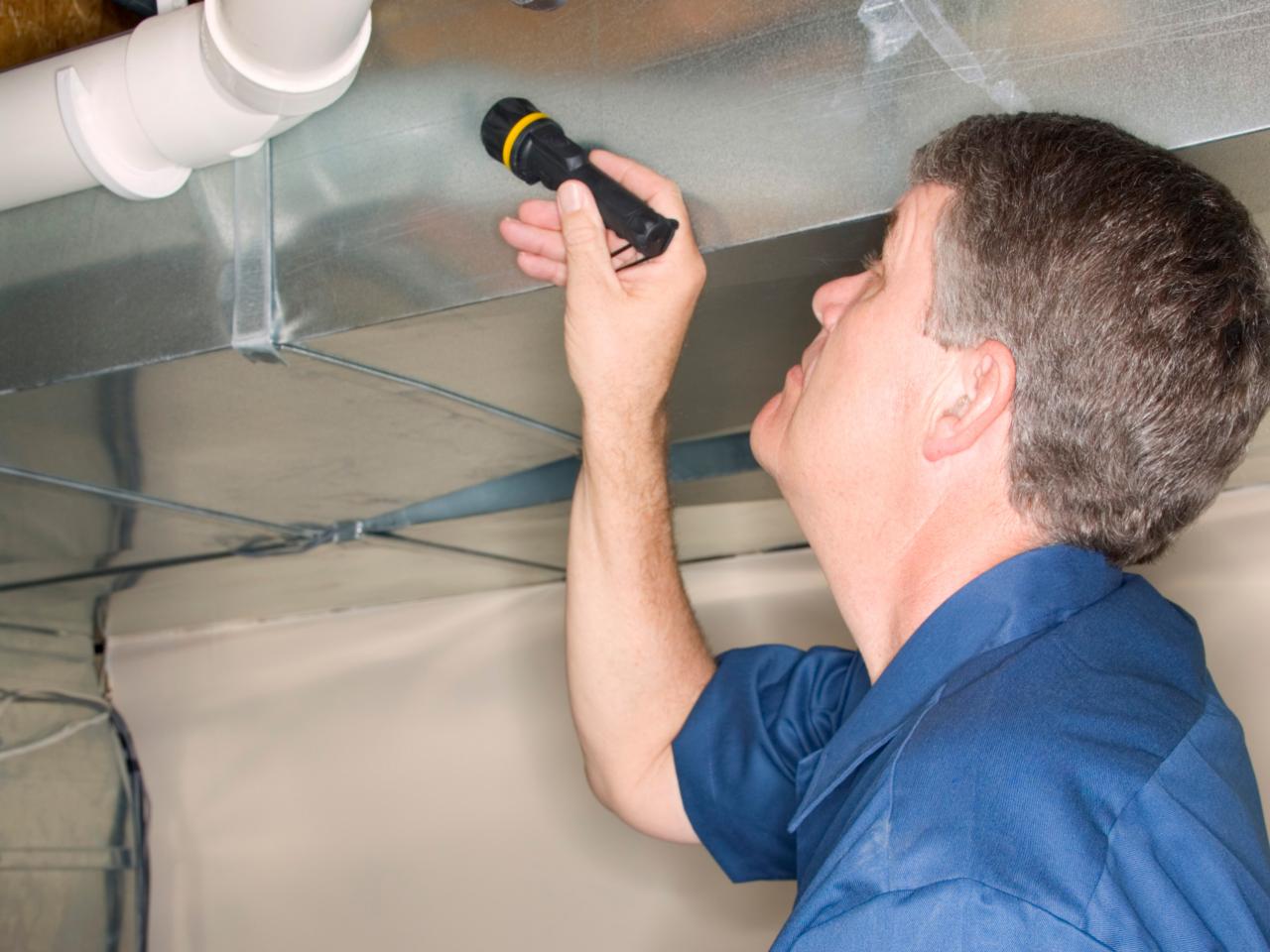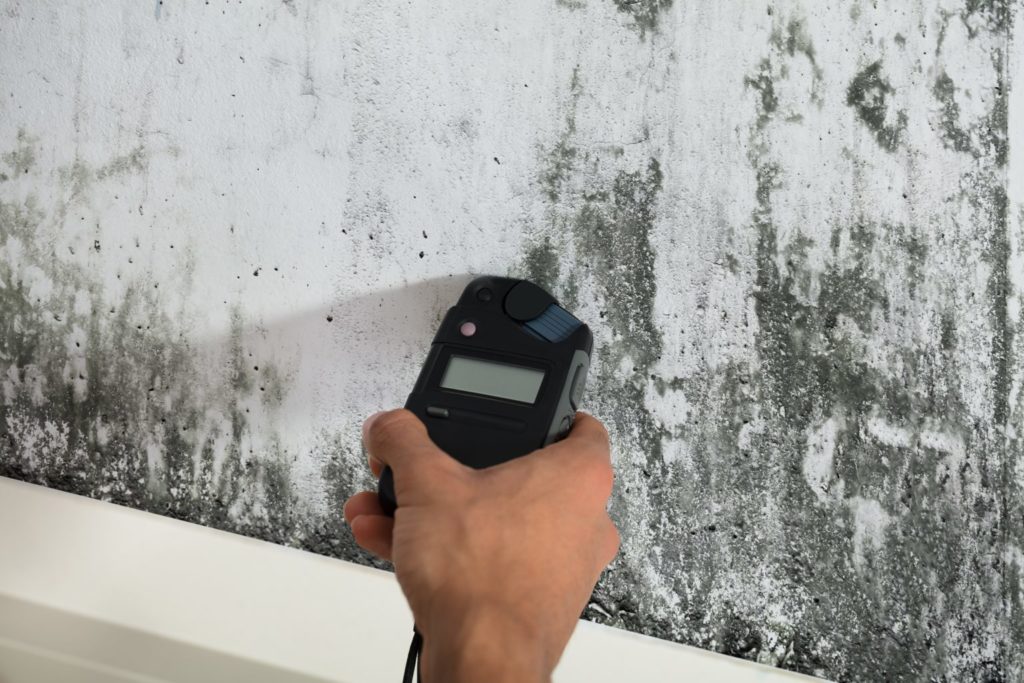Your Ultimate Guide to Post Mold And Mildew Removal Strategies
Navigating the world of post-mold removal methods is a precise procedure that requires interest to detail and a comprehensive understanding of the complexities included. In the aftermath of mold and mildew invasion, knowing how to effectively get rid of the mold and mildew and stop its reoccurrence is extremely important for preserving a healthy interior atmosphere. From picking the ideal cleaning and disinfecting approaches to applying approaches for long-lasting mold prevention, each step in the remediation trip plays a crucial role in making certain an effective result. As we start this exploration of post-mold removal techniques, we will certainly uncover the crucial techniques and finest practices that can assist you recover your area to its pre-mold condition and safeguard it against future mold and mildew risks.
Comprehending Post-Mold Removal Refine
After completing the mold remediation process, it is important to recognize the post-mold removal strategies that are essential to make sure a comprehensive and effective cleaning. As soon as the mold and mildew has been removed, the next action involves cleaning and decontaminating the affected locations to protect against any kind of regrowth of mold and mildew. This consists of utilizing specialized cleaning up agents to clean down surface areas and eliminate any type of remaining mold and mildew spores. It is important to dry the area entirely to prevent the growth of mold in the future (After mold remediation). Appropriate ventilation and dehumidification can help in this process.
Additionally, carrying out a last inspection post-remediation is vital to guarantee that all mold has actually been successfully eliminated. If the evaluation reveals any lingering mold, extra remediation might be necessary.
Efficient Cleaning Up and Sanitizing Techniques

Stopping Future Mold And Mildew Development

Value of Appropriate Ventilation
Proper ventilation plays an essential function in stopping dampness buildup, a vital variable in mold and mildew development within interior atmospheres. Efficient air flow systems help eliminate excess moisture from the air, minimizing the opportunities of mold spores finding the dampness they require to germinate and spread out. Without adequate ventilation, indoor rooms can become a breeding place for mold and mildew, leading to potential health and wellness dangers and structural damage.
By making sure appropriate air flow, air flow systems can also assist in drying out damp locations faster after water damage or flooding occurrences, better discouraging mold growth. After mold remediation. Precede like shower rooms, cellars, attics, and kitchens where wetness levels often tend to be greater, installing and maintaining effective air flow systems is important in stopping mold infestations

Tracking and Upkeep Tips
Provided the important duty that proper ventilation plays in stopping mold growth, it is necessary to establish effective monitoring and maintenance pointers to make certain the ongoing performance of air flow systems. Normal inspections of air flow systems should be carried out to look for any type of indicators of blockages, leaks, or breakdowns that can restrain proper air flow. Tracking humidity degrees within the building is also important, as high moisture can contribute to mold and mildew development. Installing a hygrometer can assist track moisture levels and alert homeowners to any type of spikes that might need focus. Additionally, guaranteeing that air filters are consistently cleansed or replaced is important for keeping the performance of the ventilation system. Implementing a timetable for routine upkeep tasks, such as air duct cleansing and a/c system evaluations, can assist stop issues before they escalate. By staying proactive and alert to the condition of ventilation systems, homeowner can properly reduce the danger of mold and mildew regrowth and keep a healthy indoor atmosphere.
Final Thought
Finally, post-mold remediation methods are essential for guaranteeing a tidy and secure setting. Comprehending the process, applying effective cleaning More Help and decontaminating methods, avoiding future mold and mildew development, maintaining correct ventilation, and routine monitoring are all critical action in the removal process. By following these guidelines, you can successfully remove mold and prevent its return, advertising a healthy and balanced living or working area for all owners.
In the after-effects of mold problem, knowing just how to successfully eliminate the mold and mildew and prevent its reoccurrence is extremely important for preserving a healthy and balanced interior setting. Once the mold and mildew has actually been removed, the following action entails cleaning and decontaminating the affected areas to avoid any kind of regrowth of mold - After mold remediation. After removing visible mold and mildew development, it is important to cleanse all surface areas in the affected location to eliminate any type of continuing to be mold and mildew spores. To even more improve mold and mildew prevention procedures, it is crucial to address underlying issues that initially led to mold development.Offered the critical duty that correct ventilation plays in stopping mold development, it is important to develop reliable surveillance and maintenance tips to guarantee the continued performance of air flow systems